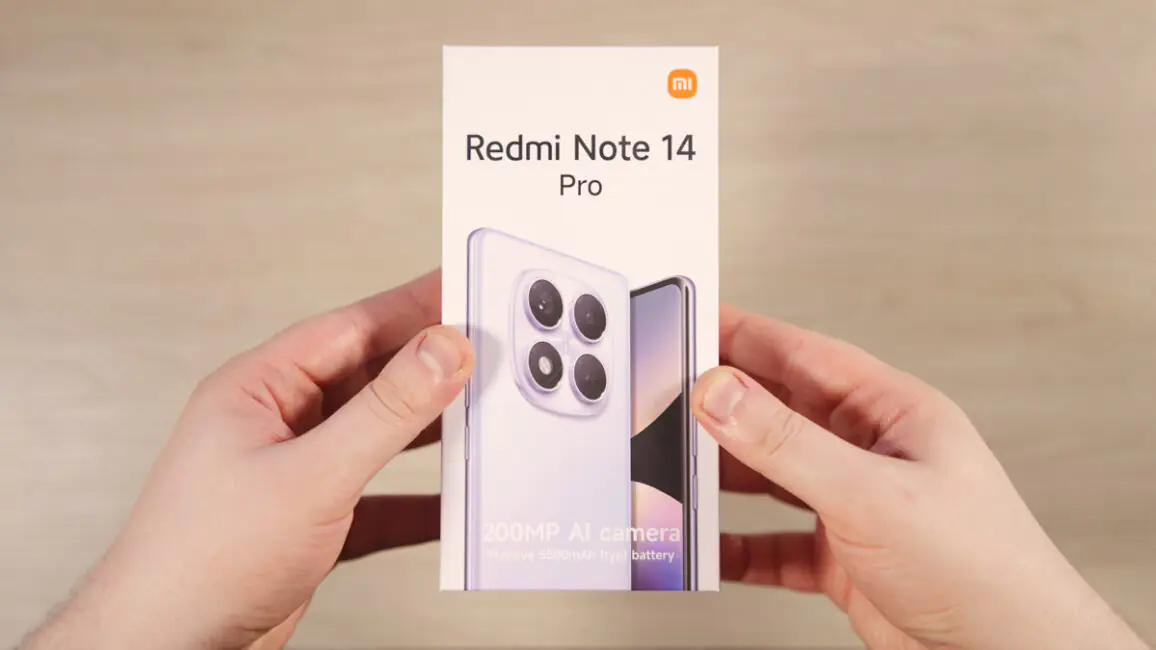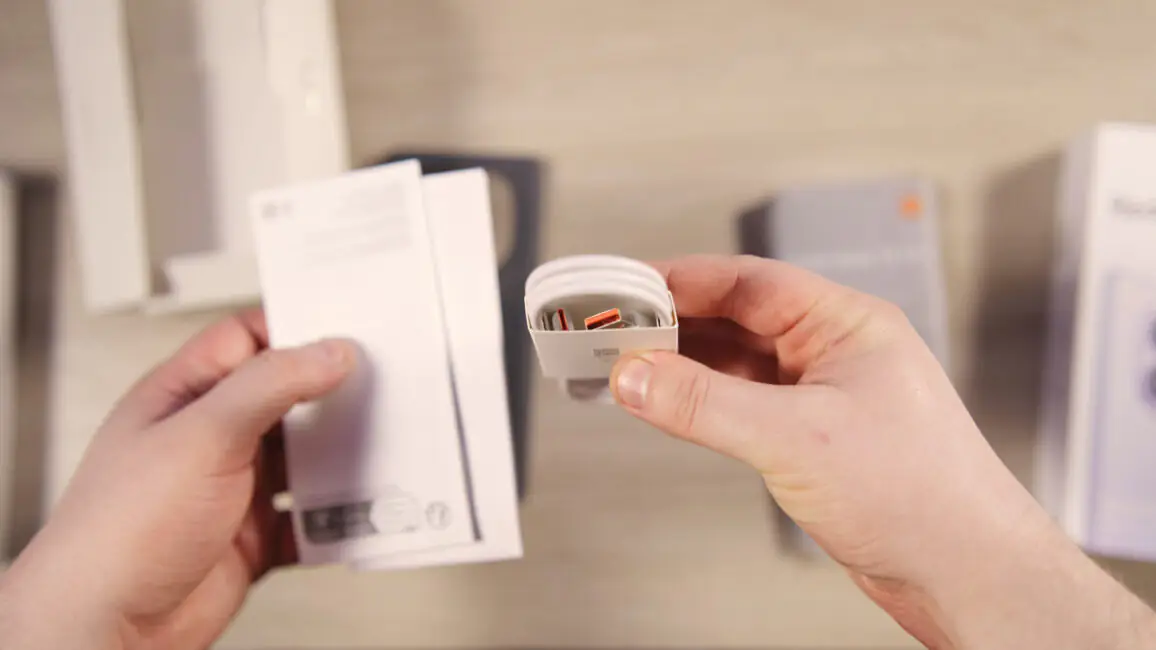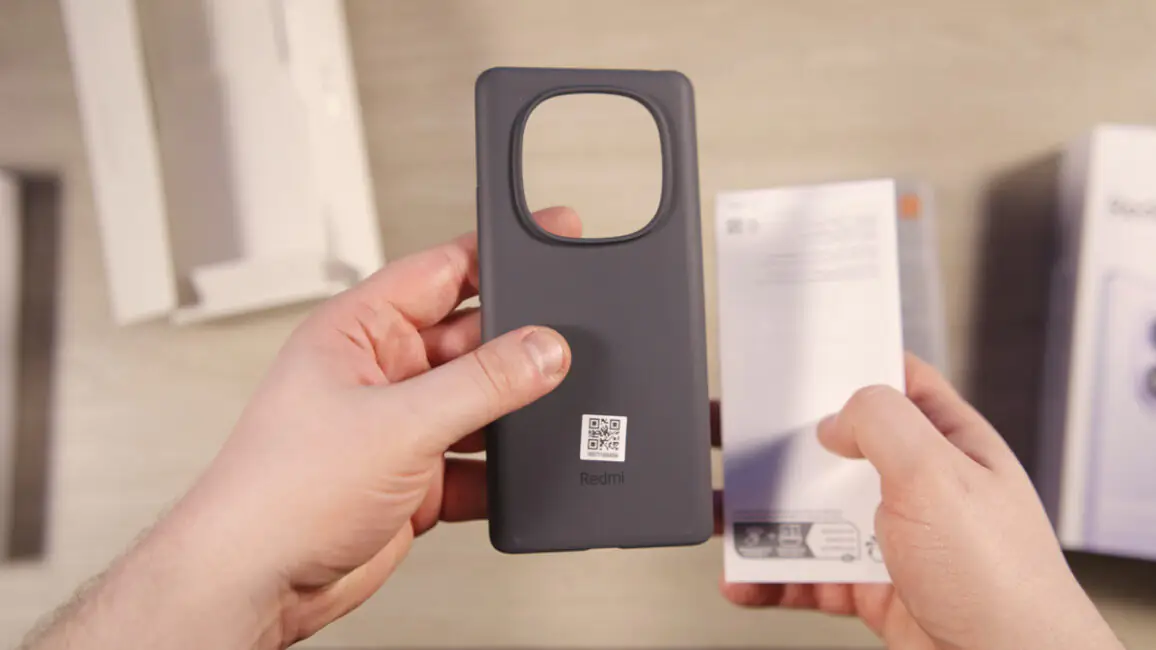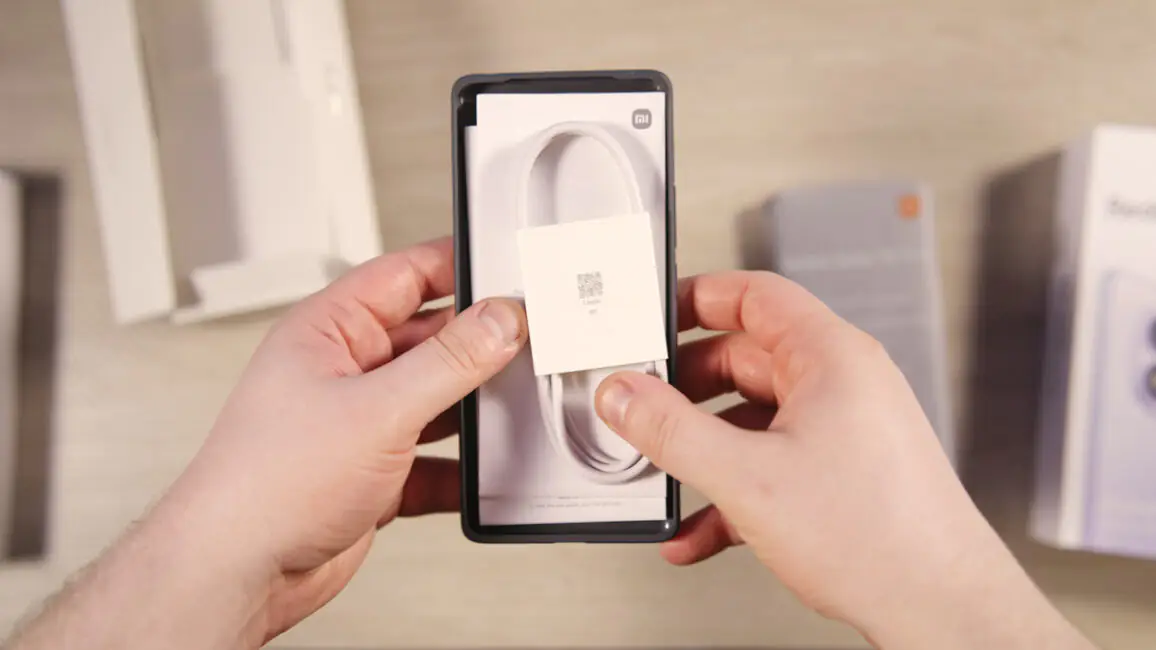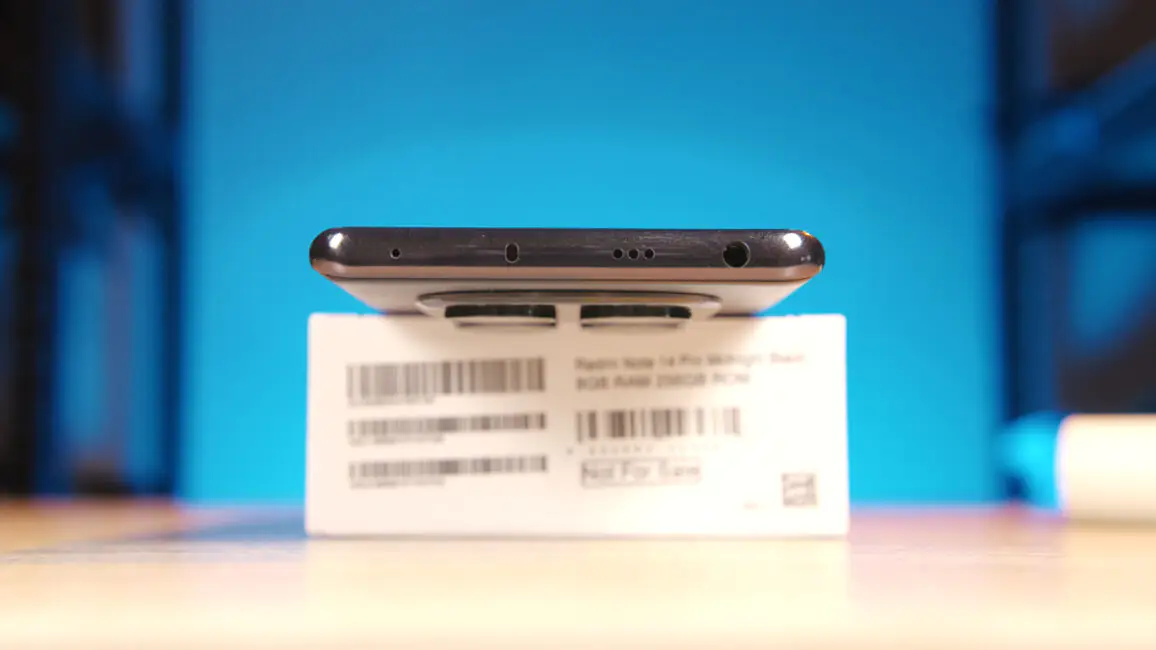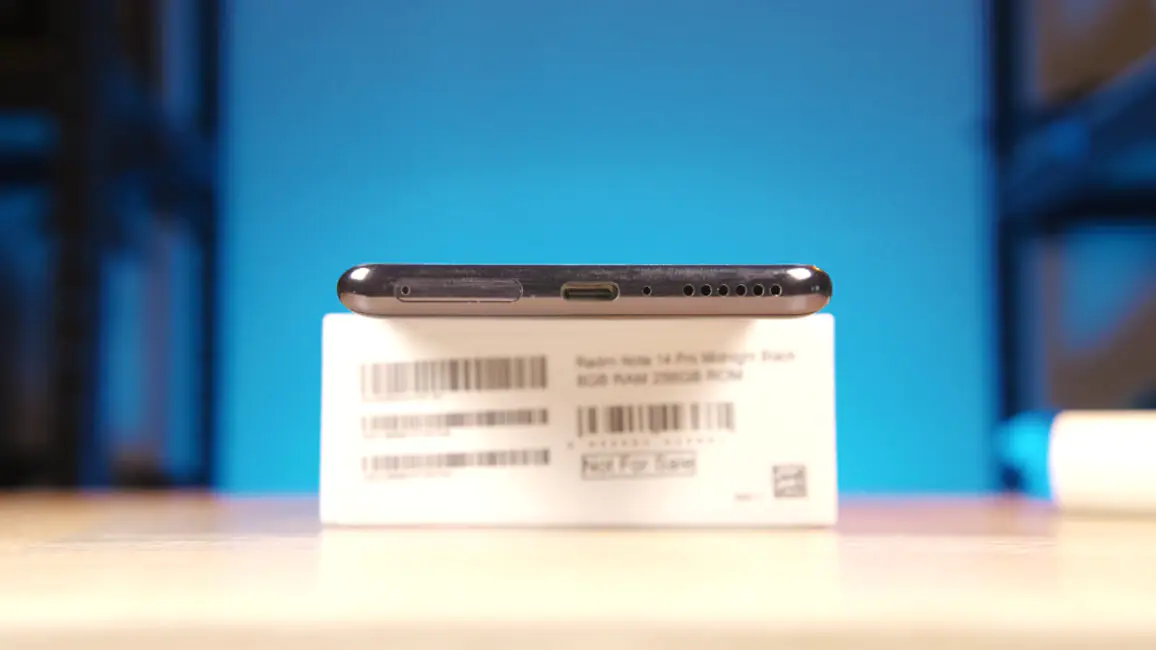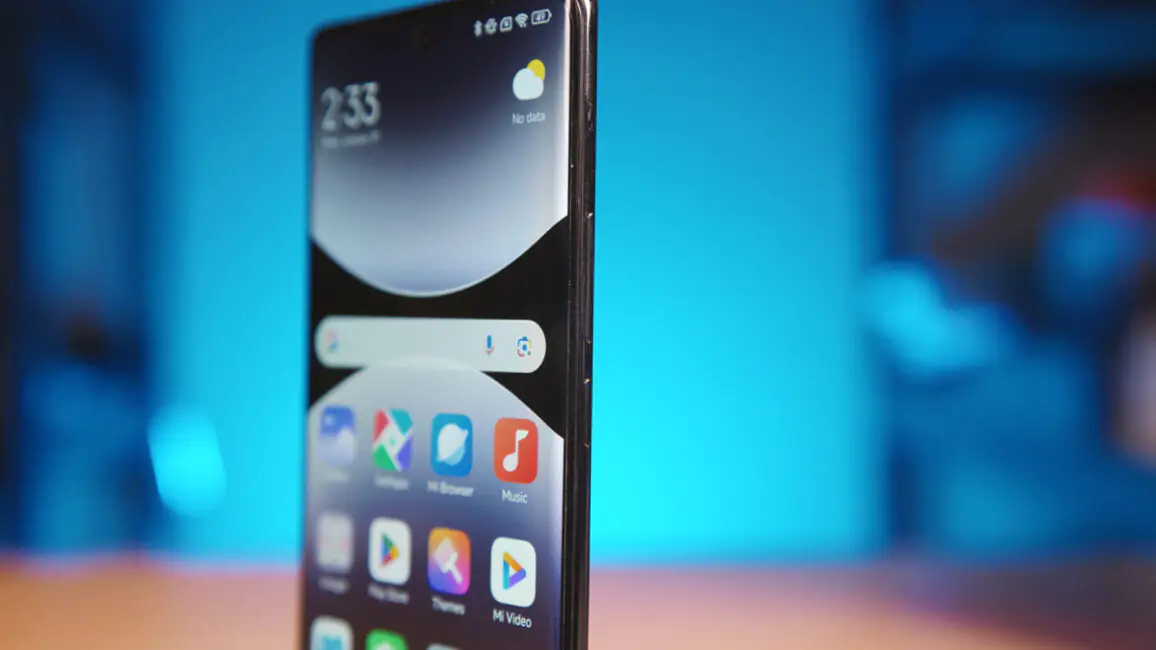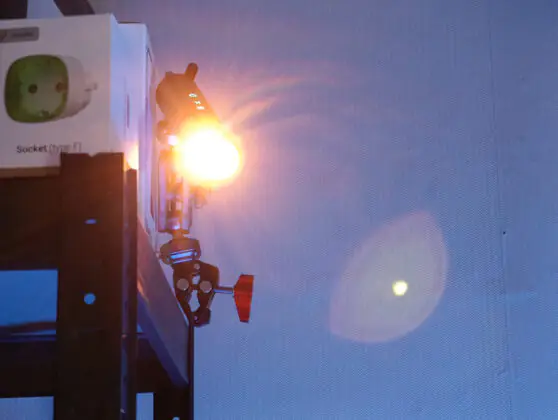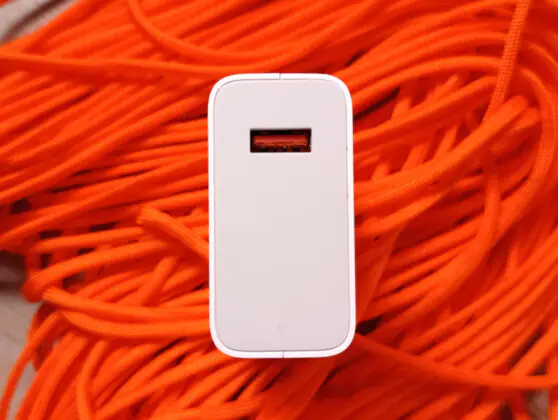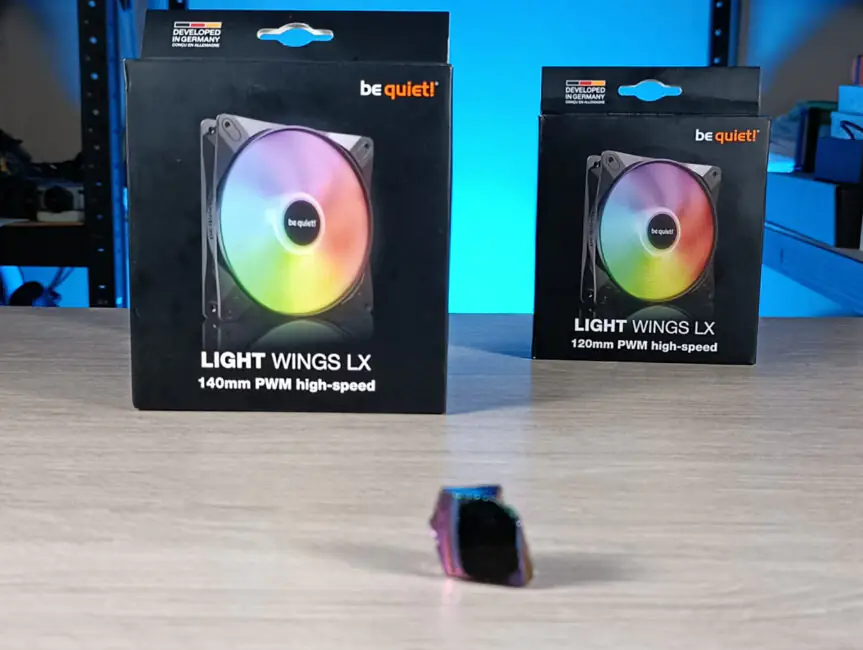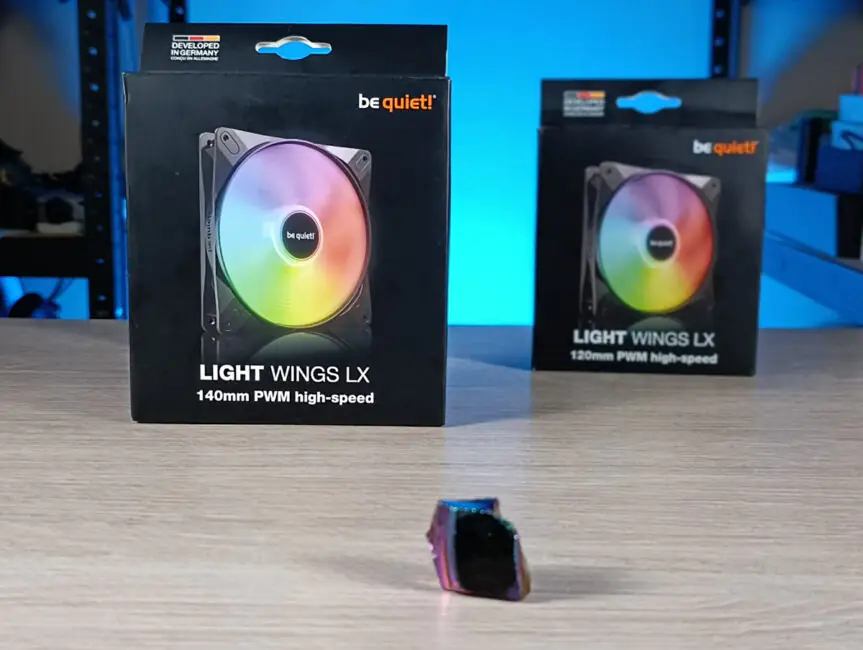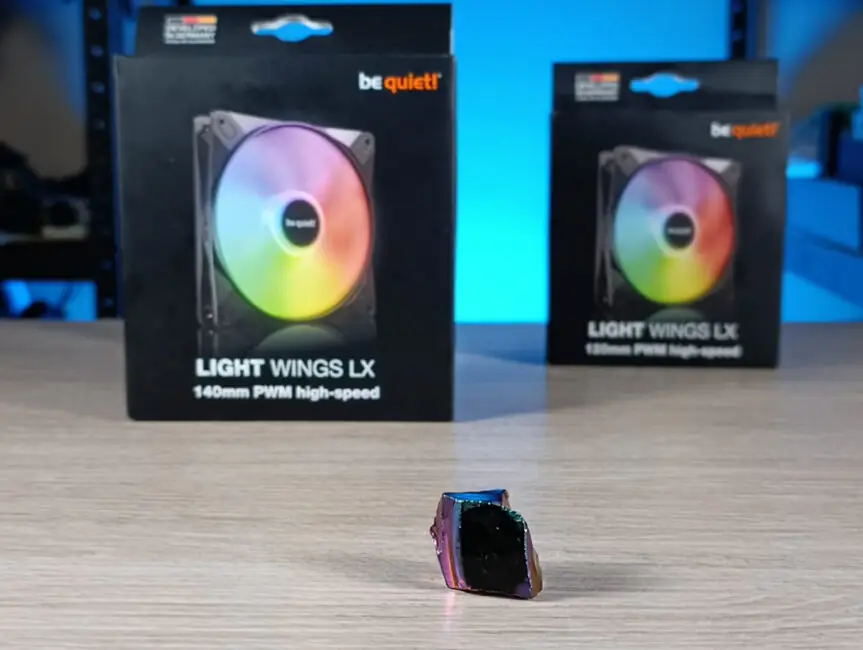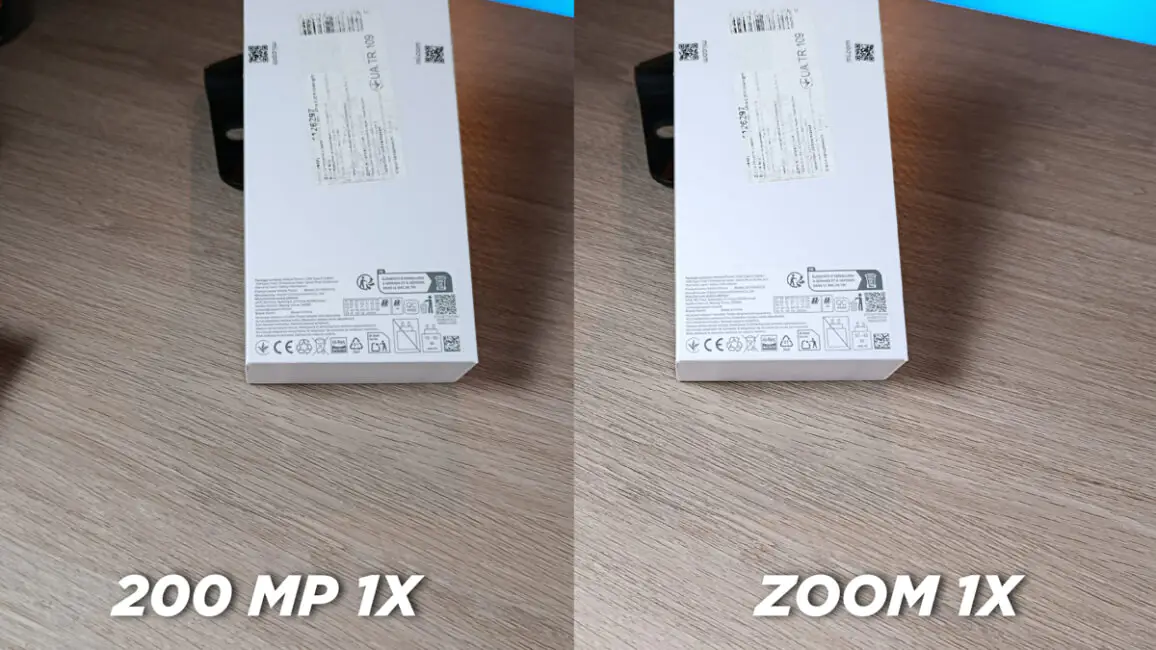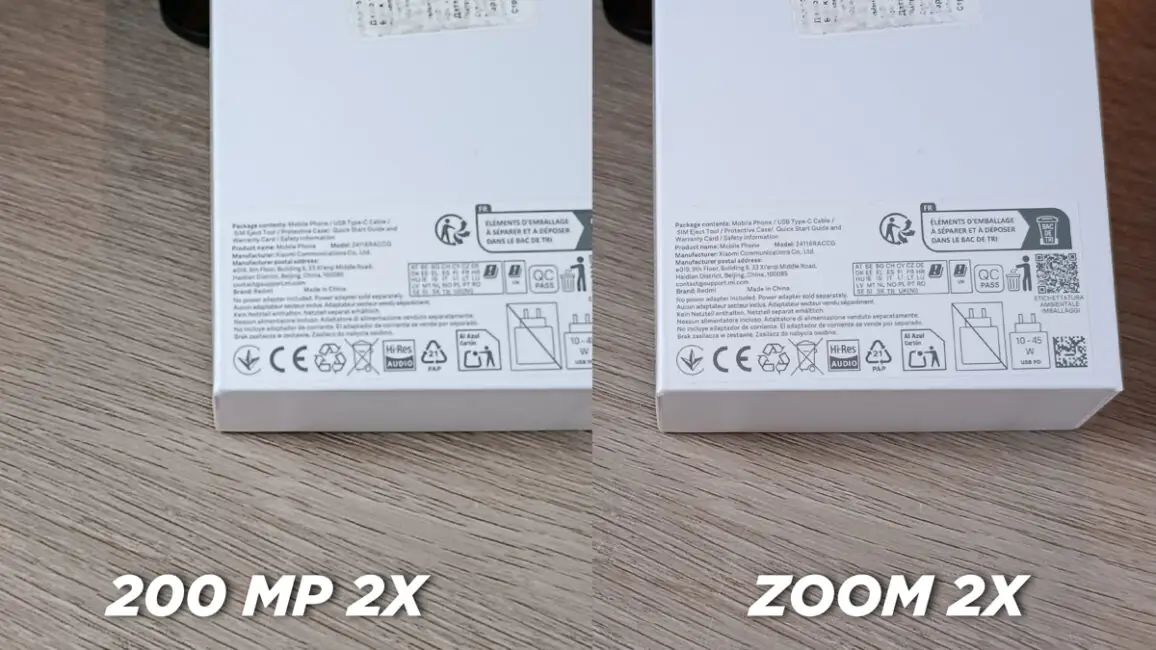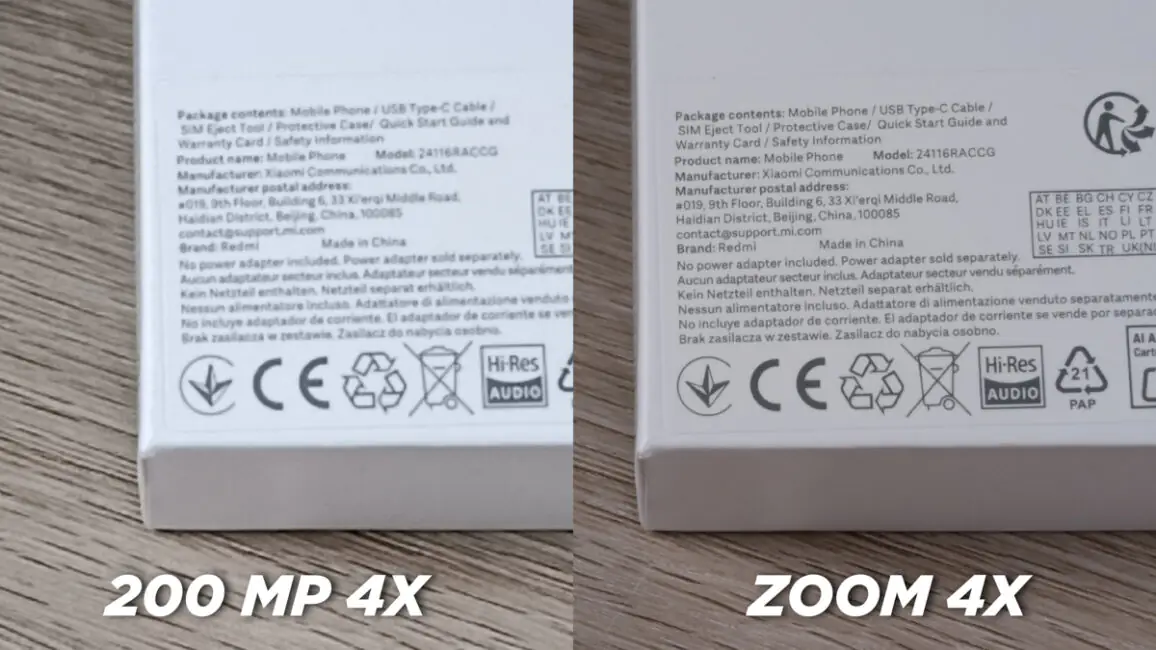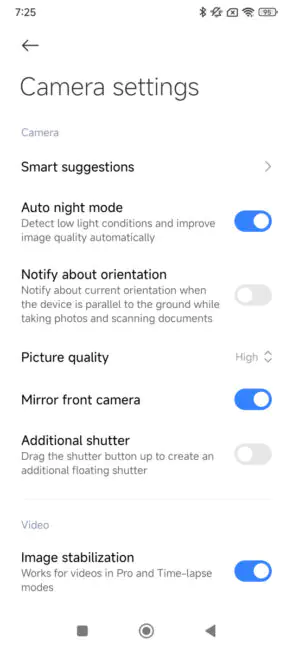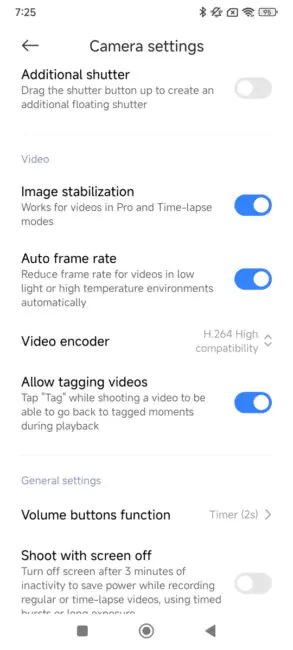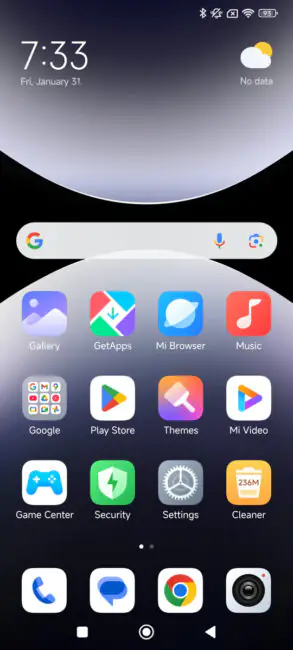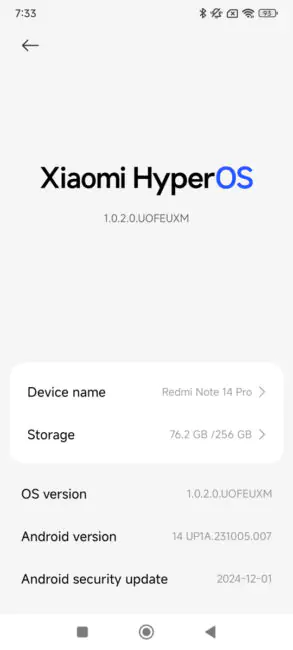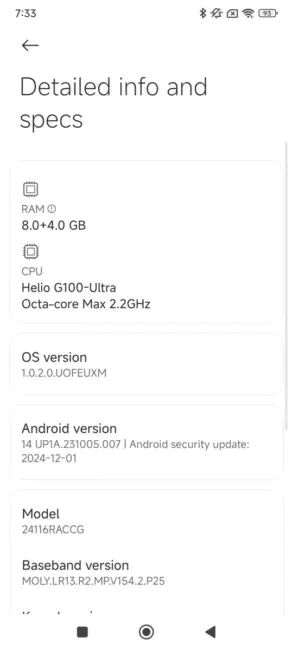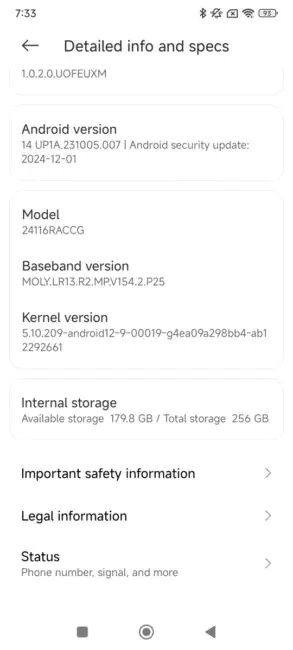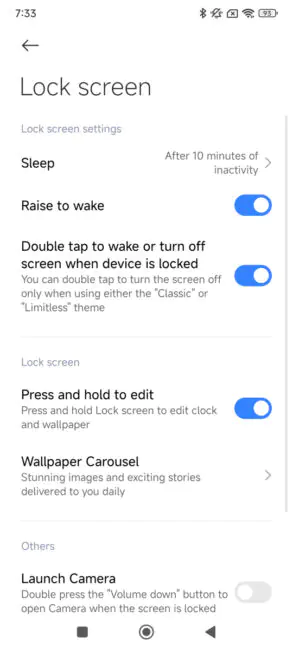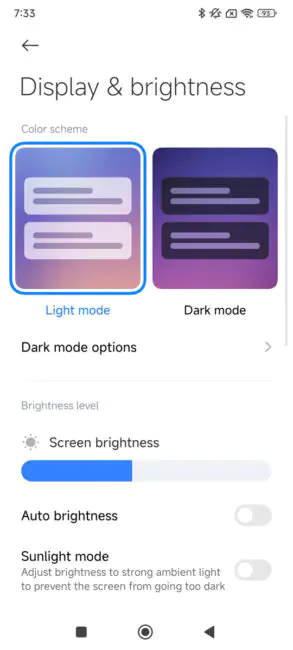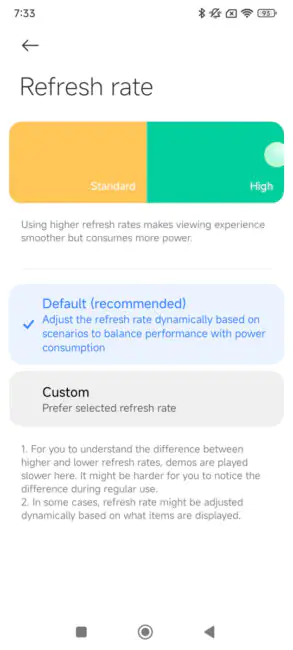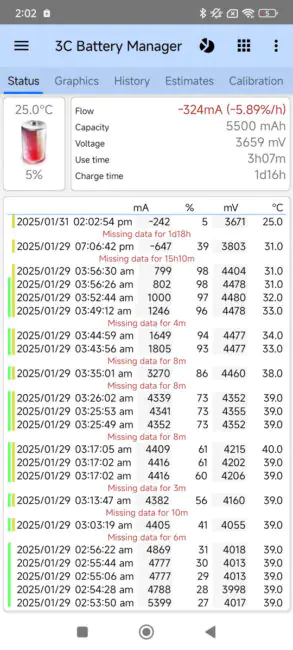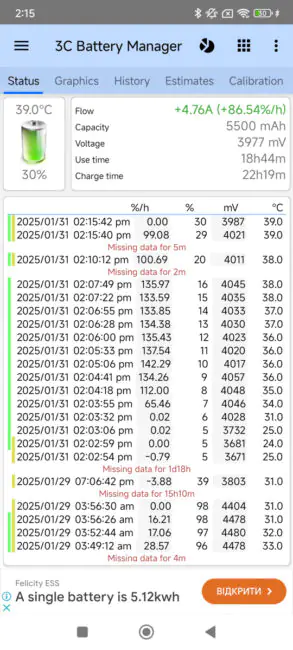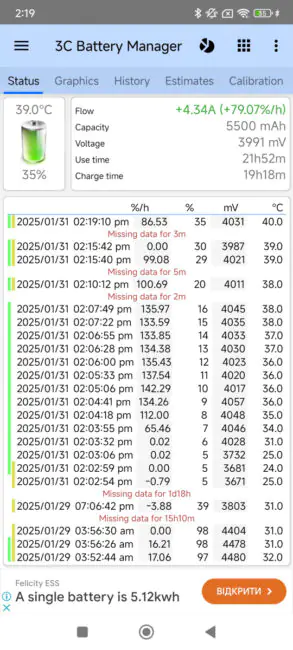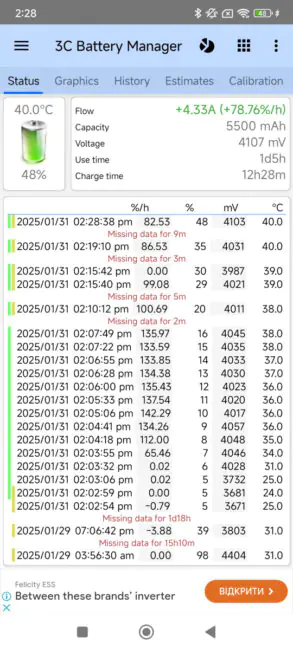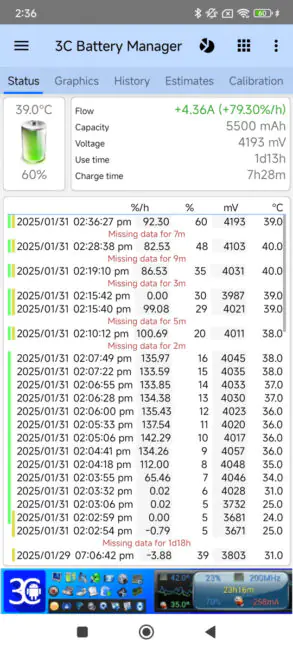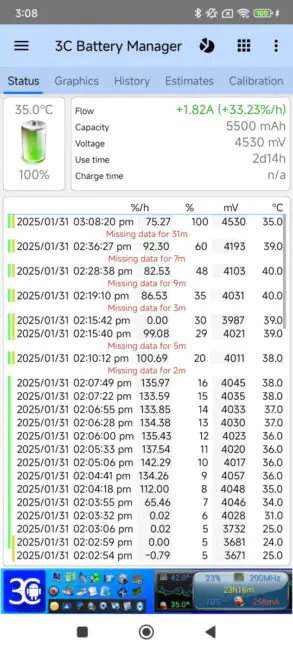© ROOT-NATION.com - Use of content is permitted with a backlink.
I have to admit, reviewing the Redmi Note 14 Pro feels similar to reviewing an RTX 3060 or an AMD Ryzen 7 – regardless of the generation. When it comes to guaranteed bestsellers – and the Redmi Note 14 Pro will undoubtedly sell by the millions – any review feels… almost unnecessary.
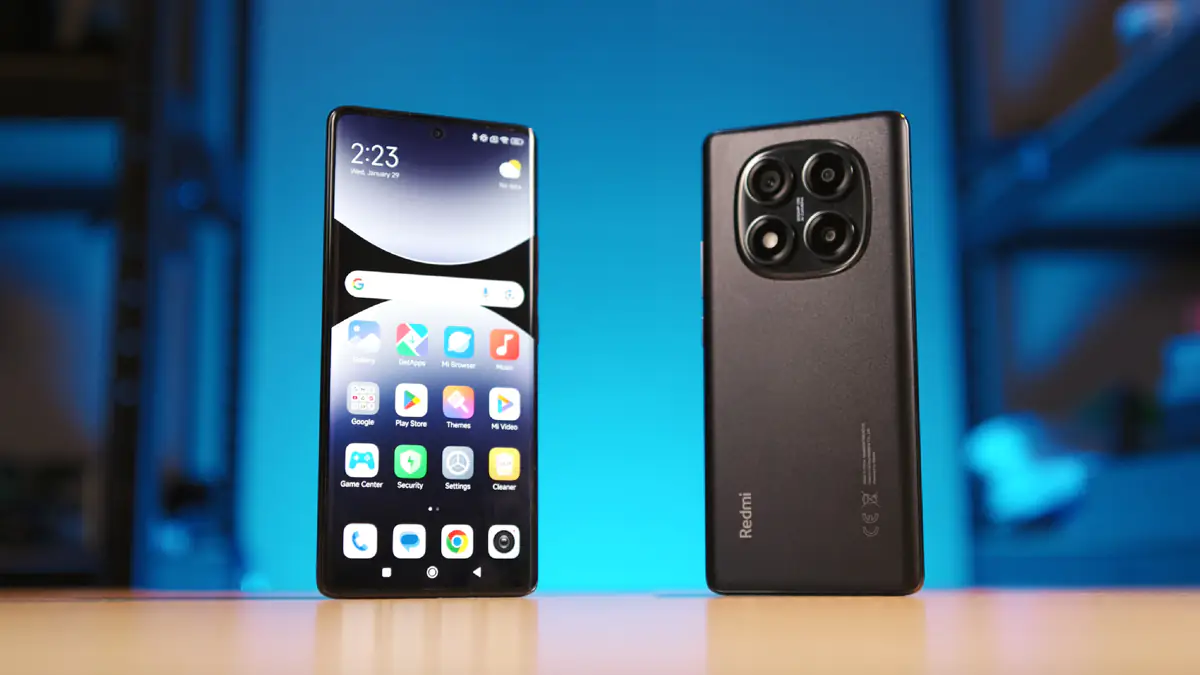
On the other hand, this time the smartphone is full of contradictions. The number of successful and cool solutions is almost on par with the number of strange and confusing ones. So, every detail matters here. And, to the best of my ability, I will try to highlight them for you.
Technical characteristics
- Number of SIM cards: 2 or 1 + microSD
- Display: 6,67”
- Resolution: 2400×1080
- Refresh rate: 120 Hz
- Pixel density: 394 ppi
- Screen type: AMOLED
- Screen protection: Corning Gorilla Glass Victus 2
- SoC: MediaTek Helio G100 Ultra
- Number of cores: 8
- Processor frequency: 2.2 GHz
- Graphics processor: Mali-G57 MC2
- Permanent memory: 256 GB
- RAM: 8 GB (expandable)
- Memory card support: microSD up to 1 TB
- Cameras: 200 + 8 + 2 megapixels; 32 megapixels
- Aperture: f/1.65 + f/2.2 + f/2.4
- Video recording: Full HD
- OIS: yes
- Operating system: Android 14/HyperOS
- Wi-Fi: 6
- Satellite navigation: A-GPS, GPS, Beidou
- Bluetooth: 5.3 (?)
- NFC: yes
- Infrared port: yes
- Charging connector: USB Type-C
- Mini jack: yes
- Body protection standard: IP64
- Battery capacity: 5500 mAh
- Fast charging: up to 45 watts
- Dimensions: 74.9 × 162.2 × 8.2 mm
- Weight: 180 g
Redmi Note 14 Pro video review

Price and positioning
Let’s start with the price. The official price of my model, the Redmi Note 14 Pro 8/256GB Midnight Black, is just over $320 or almost exactly €300. And here, it’s important to understand the first nuance: there are two different smartphones – the Redmi Note 14 Pro and the Redmi Note 14 Pro 5G.
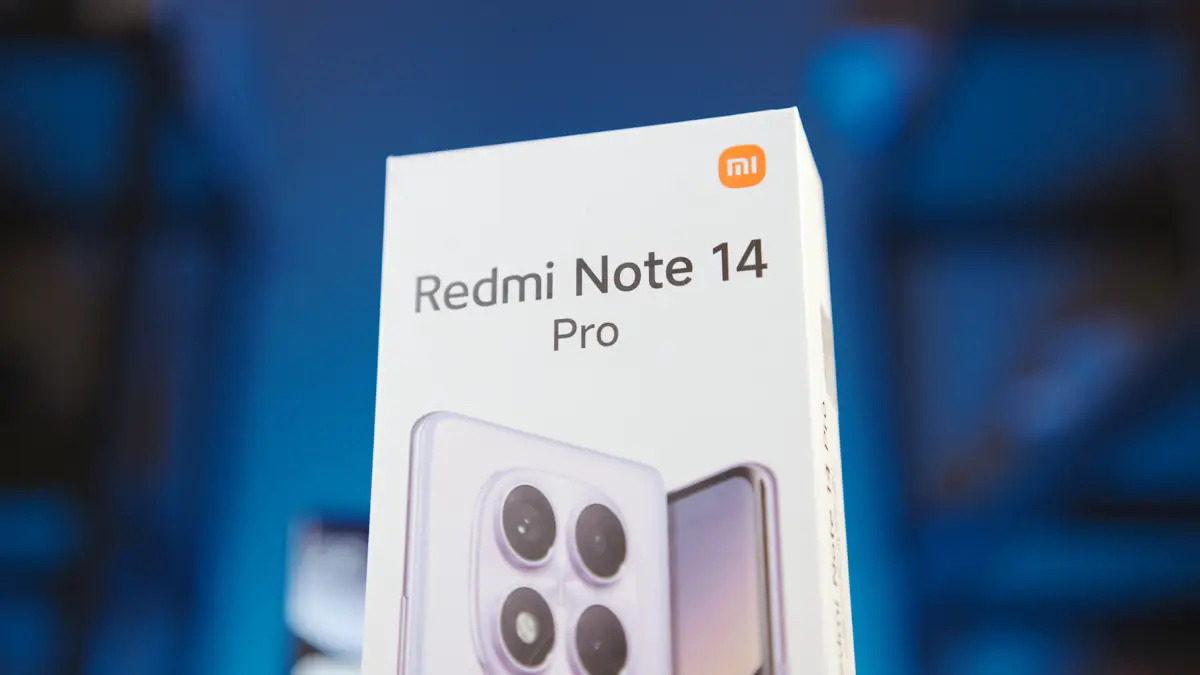
The latter was released 4 months earlier and has some VERY significant differences, especially in terms of the SoC and battery capacity. It’s also priced around $48 higher. Fortunately, you can easily tell these models apart by the battery capacity – the 4G version has a 5500 mAh battery, while the 5G version comes with a 5110 mAh battery.
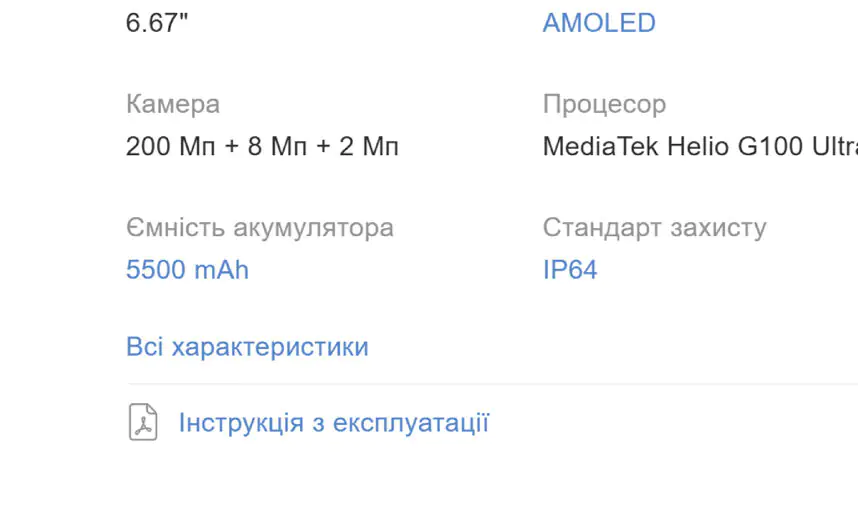
The fact that the Redmi Note 14 Pro is priced around $300 places it just on the edge of the budget sector. Not all of its “features” can be justified by this, but its advantages in this price range definitely stand out more.
Package contents
The Redmi Note 14 Pro comes with a high-quality silicone case that also provides extra protection for the camera. Additionally, the package includes a user manual, warranty, SIM card ejector tool, and a USB charging cable.
The catch here is twofold. First, the USB cable included is Type-A to Type-C, not Type-C to Type-C. Second, there’s no charger in the box. When we get to discussing battery life, you’ll see why this could be a drawback.
Design and ergonomics
The design of the smartphone is excellent—elegant, interesting, and distinctive. One standout feature is the camera module, which has a uniquely rounded design. This sets the Redmi Note 14 Pro apart from its predecessors and gives it a truly unique look.
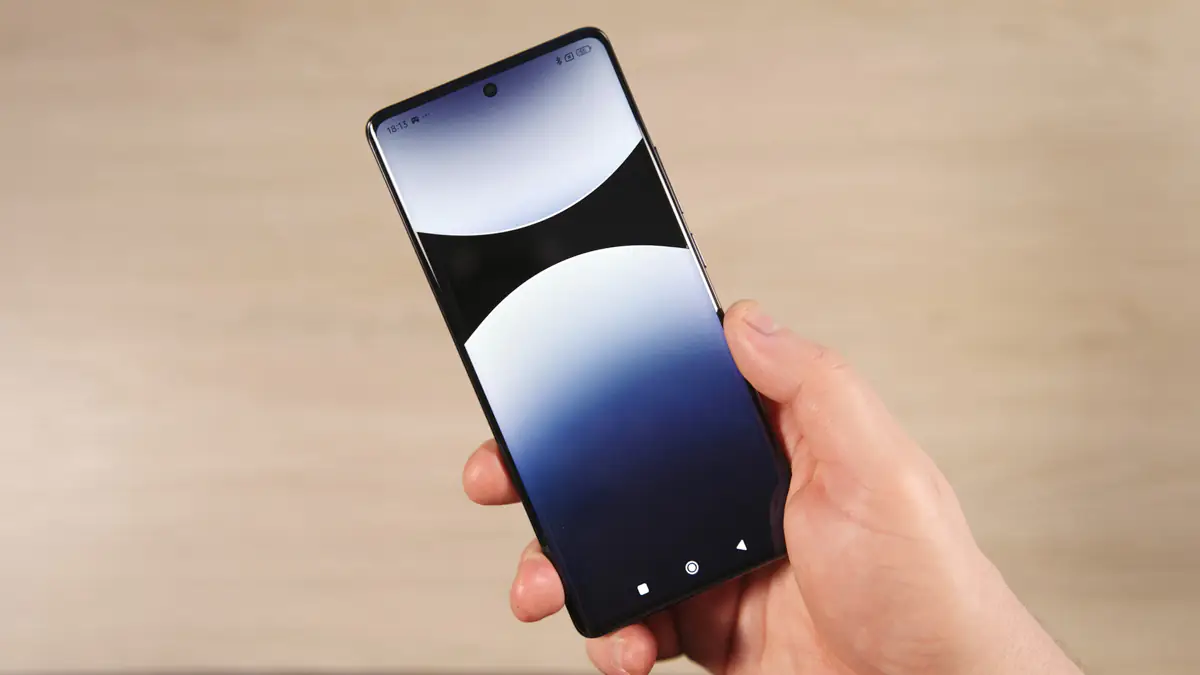
The edges are rounded, which some people may not like, but I personally find it quite appealing. Additionally, the display comes with a protective film pre-applied. The oleophobic coating is average, but the film should provide decent protection.
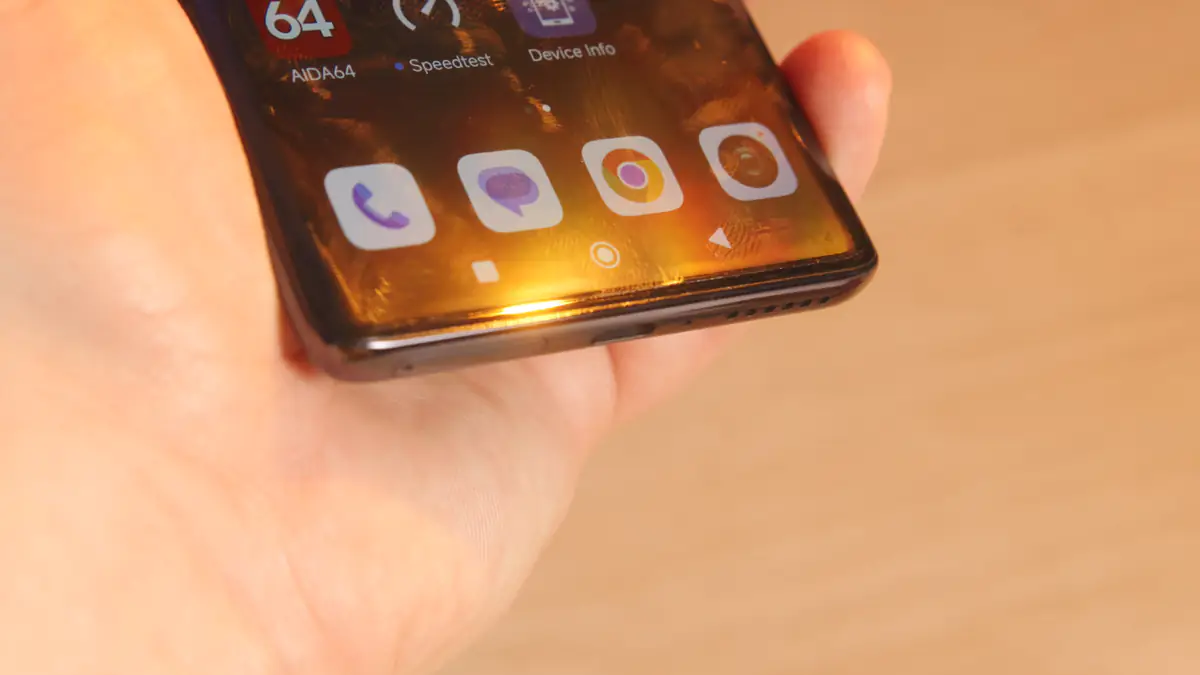
The hole for the front camera is tiny, and the bezels are small. The dimensions of the body are 74.9 x 162.2 x 8.2 mm, with a weight of 180 g. It’s worth noting that in terms of size, the Redmi Note 14 Pro and Redmi Note 14 Pro 5G differ enough that accessories between the two models are not interchangeable.
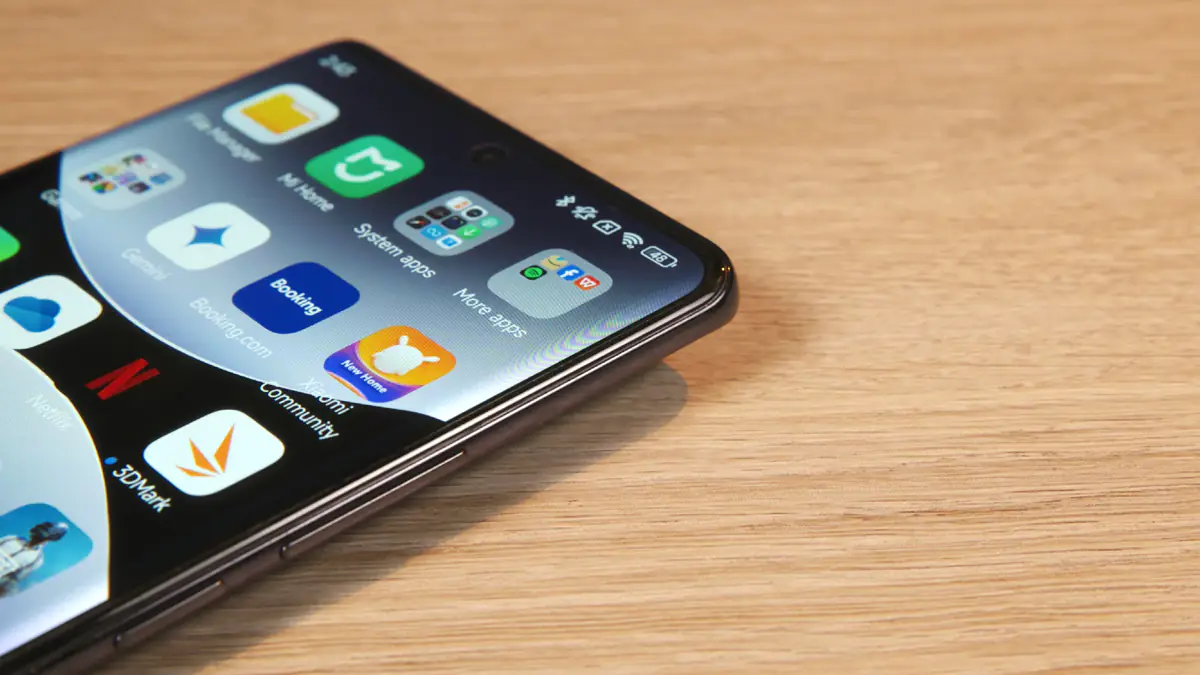
Other notable features of the body include an IP64 rating (IP68 for the 5G version) and Corning Gorilla Glass Victus 2 protection on the display. As for ergonomics, I have no complaints—the control buttons are entirely located on the right side.
On the top edge, you’ll find a mini-jack, speaker, infrared emitter, and microphone. On the bottom edge, there’s a Type-C port, another microphone, speaker, and the SIM tray. I’ll mention right away that the tray has two slots, but it does support a microSD card. As for available colors, they come in black, blue, and purple.
Screen
The display on the Redmi Note 14 Pro 4G is a stunning 6.67-inch AMOLED panel with a 20:9 aspect ratio. It offers a resolution of FHD+ (1080×2400 pixels), resulting in a PPI of 395. The peak brightness is rated at 1800 nits, and it’s a 10-bit display supporting HDR10+ and Dolby Vision.
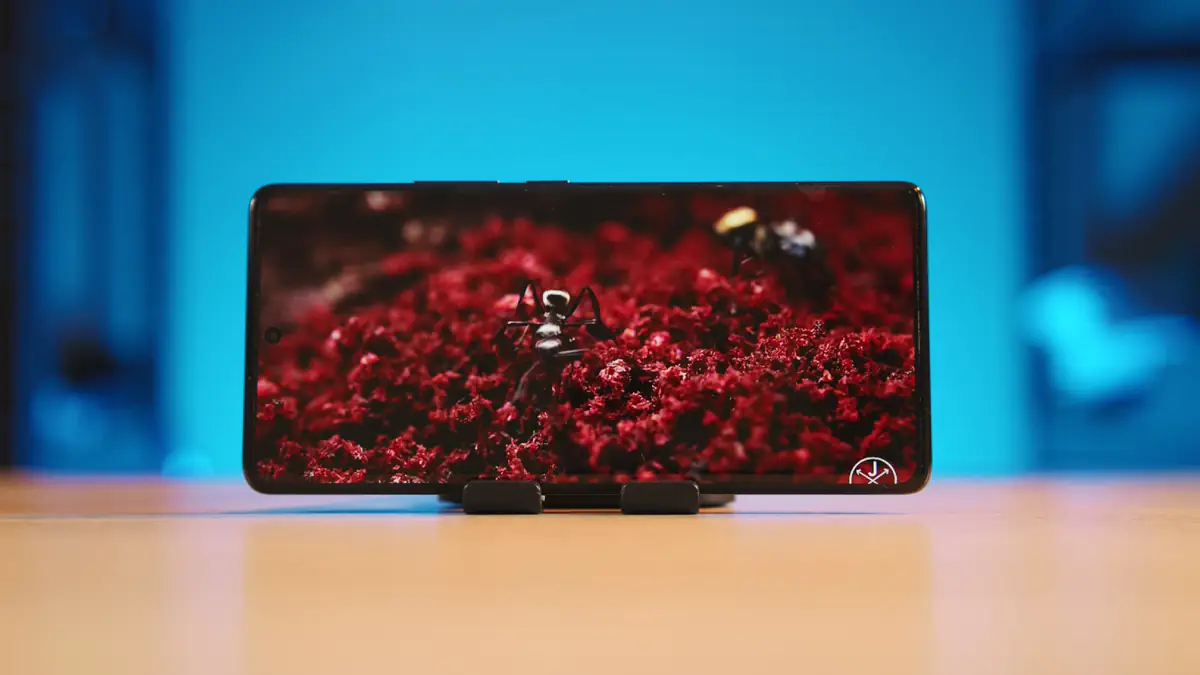
The display features a 120Hz refresh rate, a PWM frequency of 1920Hz, and a touch sampling rate of 480Hz. It also has TÜV Rheinland Flicker-free and TÜV Low Blue Light certifications, making it more comfortable for prolonged use.
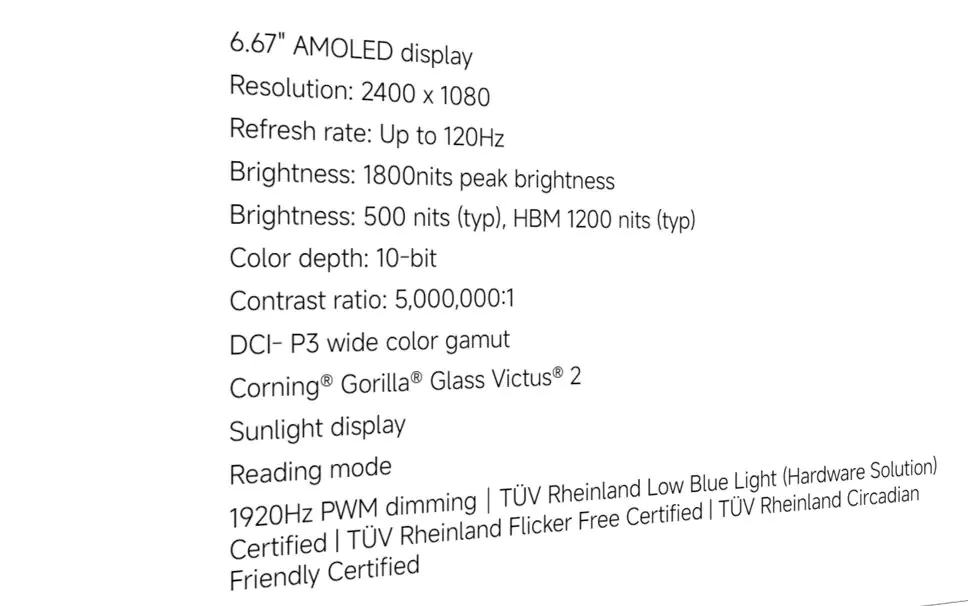
It’s clear that the display is one of the strong points of the Redmi Note 14 Pro. It’s vibrant, bright, visually appealing, and smooth. I have no complaints about it. For its price, the screen is one of the best in this category. Additionally, it features an in-display fingerprint scanner.
SoC
The Redmi Note 14 Pro is powered by the MediaTek Helio G100 (Ultra), which is essentially identical to the regular G100, so I’ll refer to it simply as the G100 from here on. It’s a relatively recent 8-core processor featuring two Arm Cortex-A76 cores running up to 2.2 GHz and six Arm Cortex-A55 cores up to 2.0 GHz. The GPU is the Arm Mali-G57 MC2, which is an older model from 2021.
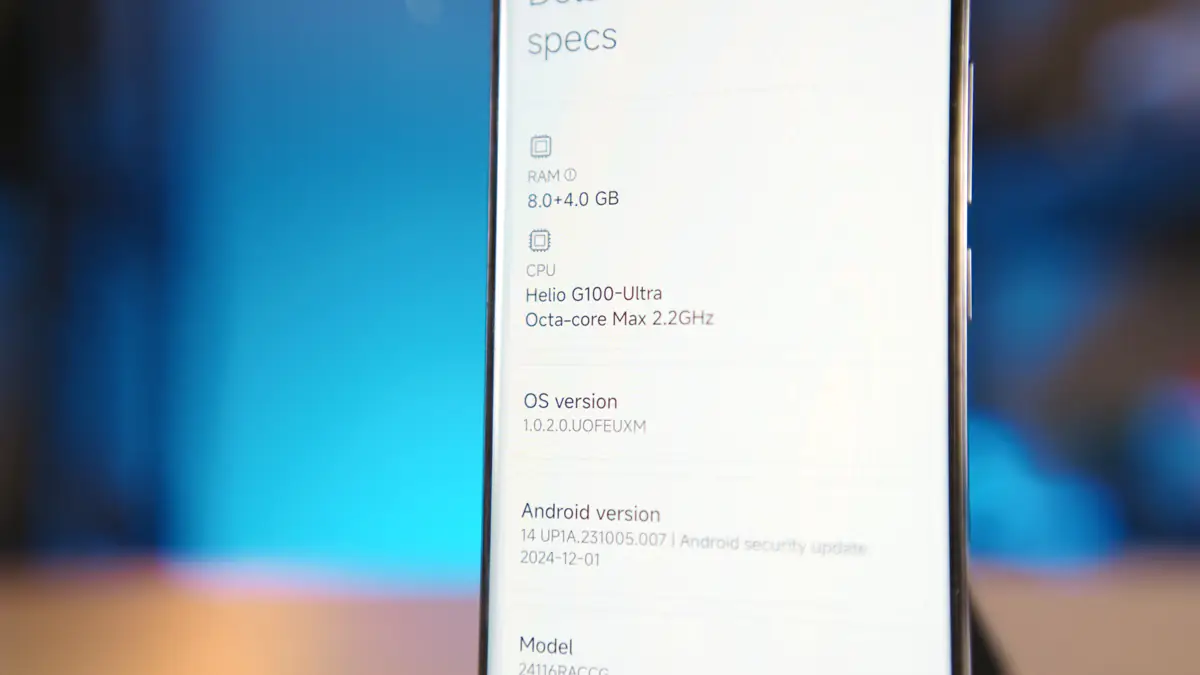
The Helio G100 is an interesting chip, full of nuances. It’s essentially a budget-level processor, and according to Google, devices featuring it typically cost around $223. In terms of raw performance, it’s somewhat lackluster, scoring around 400,000 points on AnTuTu v10.
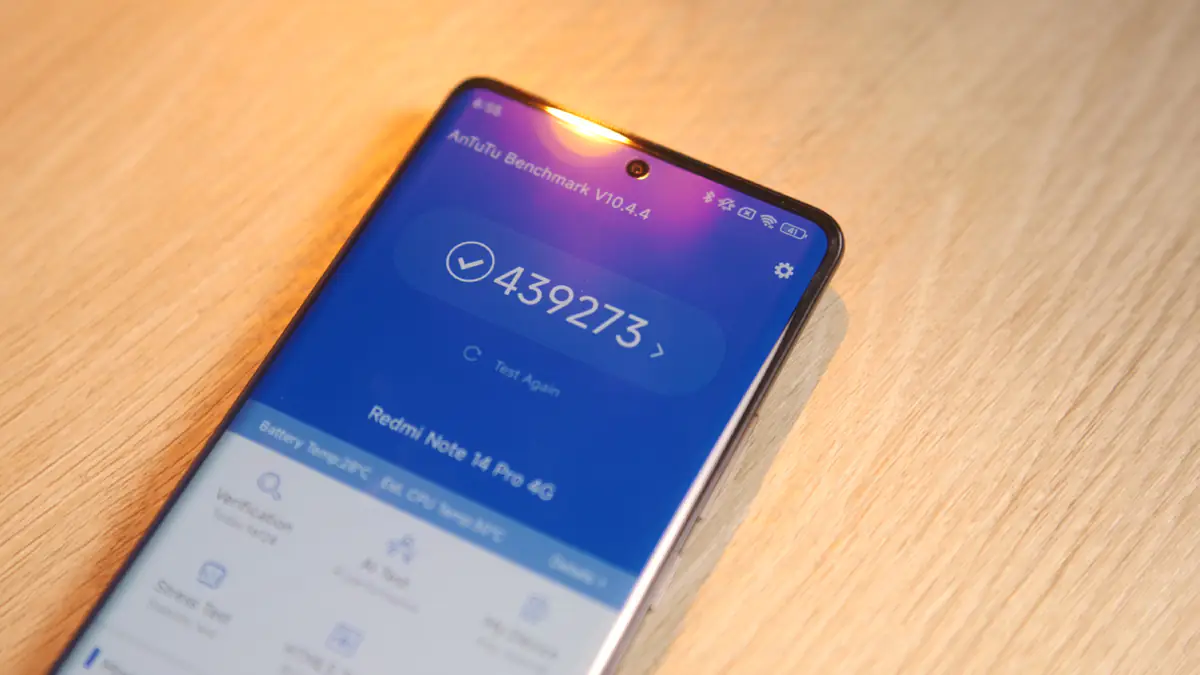
The Helio G100 doesn’t shine in terms of data transfer speed—spoiler alert, the Redmi Note 14 Pro 5G easily outperforms it in every aspect. Additionally, its support for charging protocols is quite limited. However, it offers solid camera support, and overall, it’s sufficient for comfortable everyday use. You can play 99% of games without issues—though not at 120 Hz, but 60 Hz should be fine.
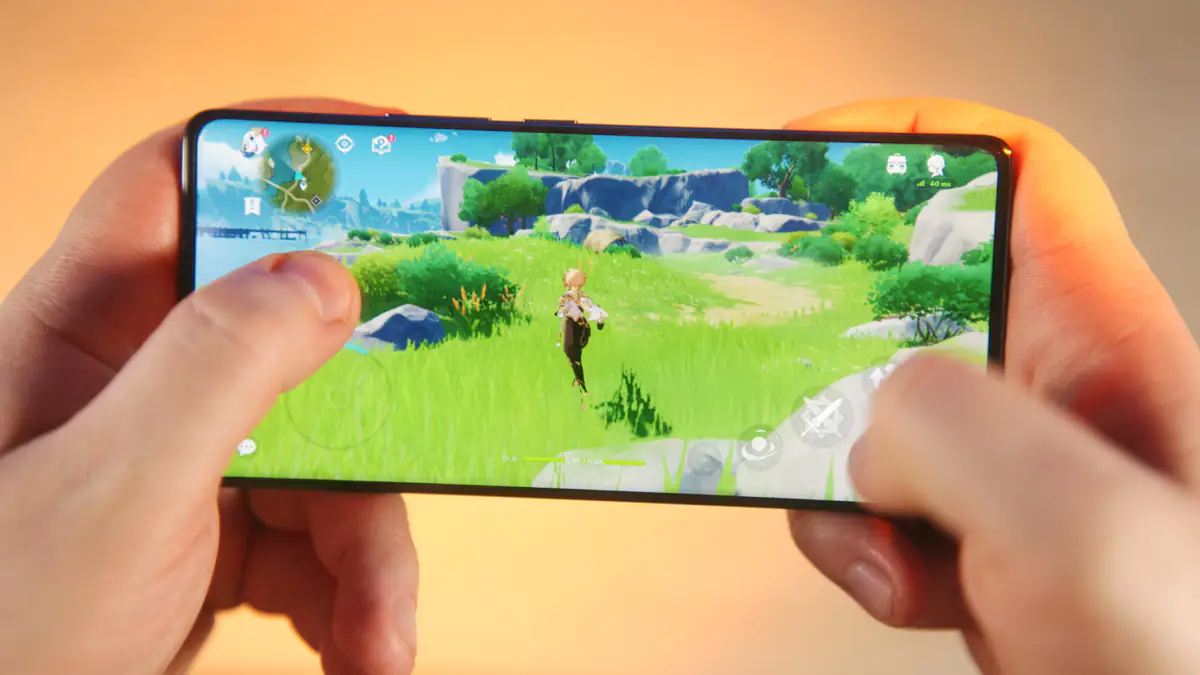
In the Redmi Note 14 Pro, the RAM is 8GB, LPDDR4X at 2133 MHz, and the internal storage is 256GB, using the older UFS 2.2 format. It’s worth noting that while UFS 2.2 isn’t the fastest, it’s still decent for most everyday tasks. Additionally, the device supports microSD cards for expandable storage, which is a nice bonus for those who need extra space.
Data transfer
Yes, the Redmi Note 14 Pro supports only 4G, not 5G. As for Bluetooth, while the MediaTek Helio G100 chipset supports Bluetooth 5.2, some stores mention Bluetooth 5.3, though this discrepancy hasn’t been conclusively verified since analysis apps don’t display this detail. However, it’s worth noting the positive aspect of the device’s audio codec support, including Apt-X, LDAC, and AAC, which enhances the audio quality when paired with compatible devices.
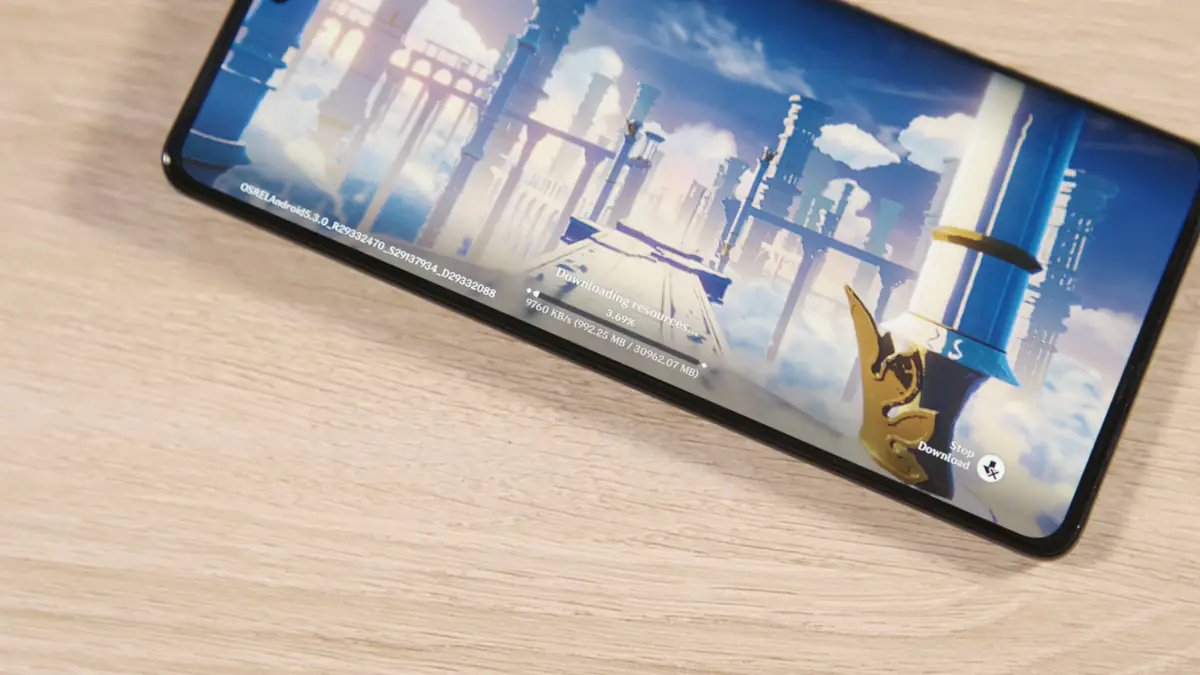
The Redmi Note 14 Pro comes with Wi-Fi 6 support (not 6E), as well as GPS, A-GPS, and Beidou for location services. NFC is included, and there’s an infrared port for controlling devices. However, the USB version is not specified, and it’s likely to be USB 2.0 (480 Mbps), rather than 3.0. Additionally, E-SIM support is absent.
Cameras
This is probably the main selling point of the Redmi Note 14 Pro. The manufacturer takes pride in its main camera module, the 200MP Samsung ISOCELL S5KHP3SP. It features a 1/1.4” sensor size, an f/1.65 aperture, optical image stabilization, and PDAF (phase detection autofocus).
The wide-angle lens is much more modest—a Sony IMX355 with 8MP, f/2.2, and a 1/2.8” sensor size. The macro lens, marketed as a 2MP Omnivision OV02B10 with an f/2.4 aperture, offers little practical use. It’s far more effective to use the main camera and zoom in digitally. Additionally, I couldn’t even activate the macro mode. The front camera has a 32MP sensor with an f/2.2 aperture. Unfortunately, there’s no 4K video recording support.

The camera app is custom-built for HyperOS and comes with a decent range of features, including a professional photo and video mode. This mode offers tools like the rule of thirds, histograms, zebra stripes, and even focus peaking. The Redmi Note 14 Pro also supports full-sensor 200MP photos, RAW shooting, and does a relatively good job at background blur for portraits.
Overall, it feels like, just as the A10 Warthog was built around the GAU-8 cannon, this smartphone is centered around its 200MP sensor with optical image stabilization. The photos it captures are excellent, even with 4x zoom. While the zoom is digital rather than optical, there’s a chance the phone is leveraging part of the 200MP sensor, allowing for 50MP photos.
This eliminates the possibility of binning, so the quality suffers in low-light conditions. However, during the day, the performance is excellent.
EXAMPLES OF PHOTOS AND VIDEOS IN FULL RESOLUTION
Media capabilities
The Redmi Note 14 Pro supports stereo sound with Dolby Atmos. The speaker volume is satisfactory, and the vibration motor feels solid. Audio can also be enhanced using built-in equalizers and two profiles, one from Dolby and the other directly from Xiaomi.
Software
The Redmi Note 14 Pro runs Android 14 with the custom HyperOS 1.0 skin. While I’m not a big fan of this interface, I have to admit that the things it does well, it does very well.

Low FPS in games due to a weak GPU? Game Boost can improve it by up to 50%, bringing Genshin Impact from around 40 to nearly 60 FPS on average. Weak Wi-Fi? Internet speed can be boosted by using mobile data. Using the phone in direct sunlight? Turn on “Sunlight” mode, and the brightness will automatically increase. Eyes tired? Enable reading mode or change the font.
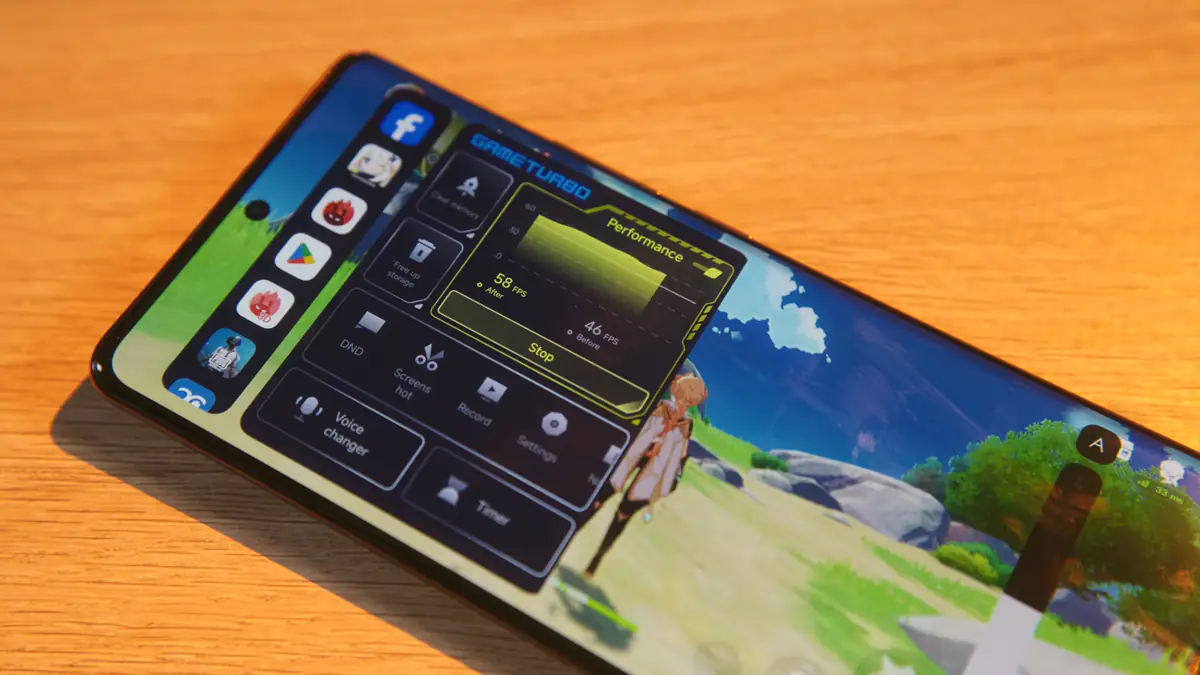
The phone supports gestures, including double-tap to wake, and quick flashlight activation with a double press of the power button. There’s also a one-handed mode and options to adjust dead zones on the display to prevent accidental touches. Unlike the Xiaomi 12X, this feature works as intended.
I’ll also note the support for Google’s Gemini AI, which enables features like generating images, removing unwanted elements from photos, and searching for information on the web by highlighting parts of a photo. There’s even real-time subtitle support and an auto-translate feature that integrates into the voice recorder.
Battery life
Good news—despite the not-so-power-efficient SoC, the 5500mAh lithium-polymer battery in the Redmi Note 14 Pro lasts for 11 hours in the PCMark Battery Test 3.0 at 50% brightness. In other words, it can easily get through a full workday without issue.
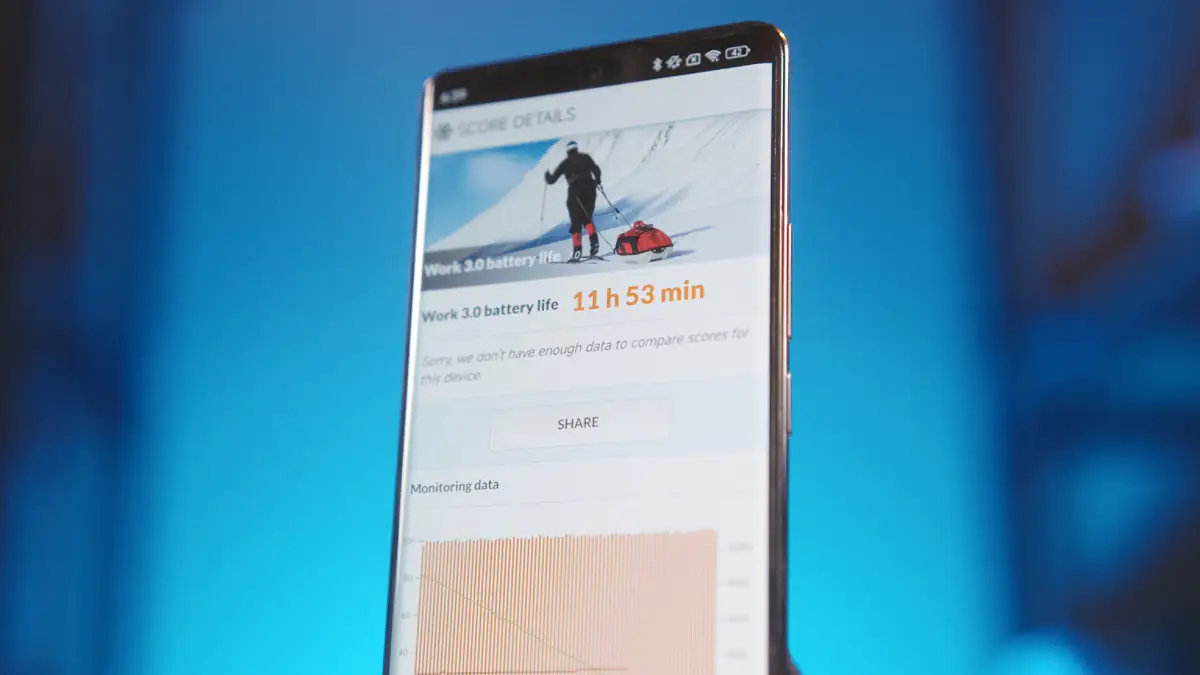
Bad news—out of the box, the smartphone charged at speeds ranging from 10W with Type-A chargers to 20W with Type-C chargers. This was a major issue since the manufacturer promised 45W charging. I even tested official Xiaomi power adapters that support 120W, but the results were still underwhelming.
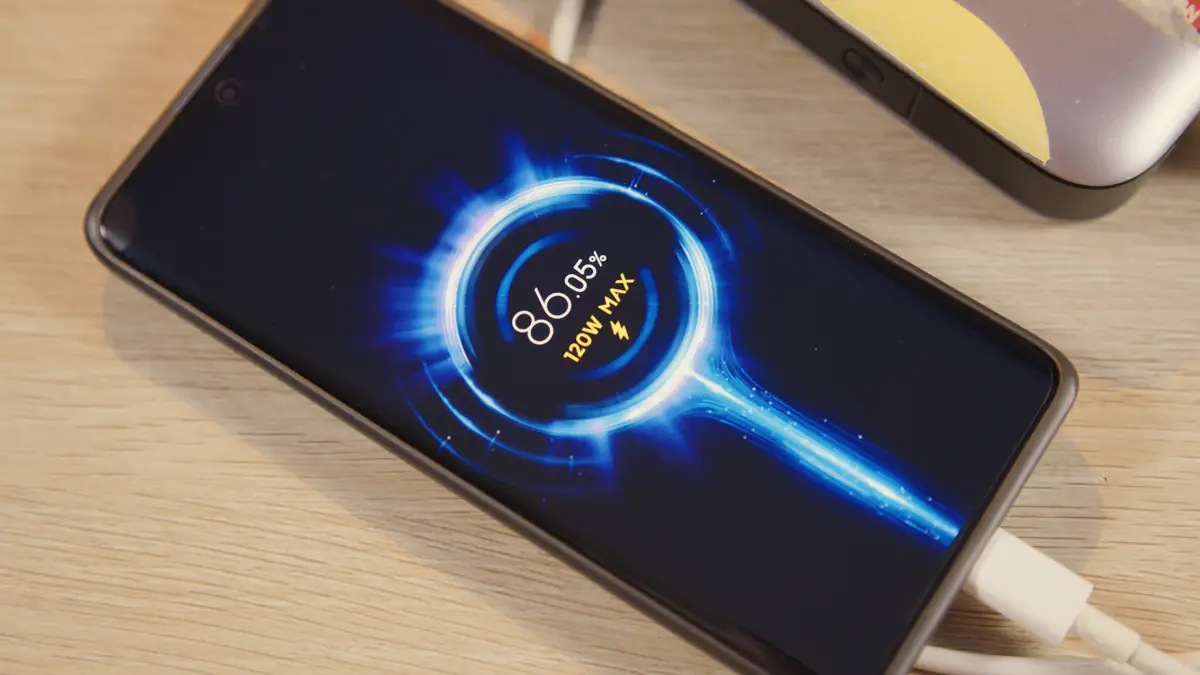
I also tested the ZMI Power Bank No. 20, which supports Xiaomi’s proprietary charging standards, and the smartphone did recognize them. However, it still charged very slowly. The charging time ranged from 2.5 to over 5 hours, and the battery temperature still reached up to 40°C despite the slow charging speeds.
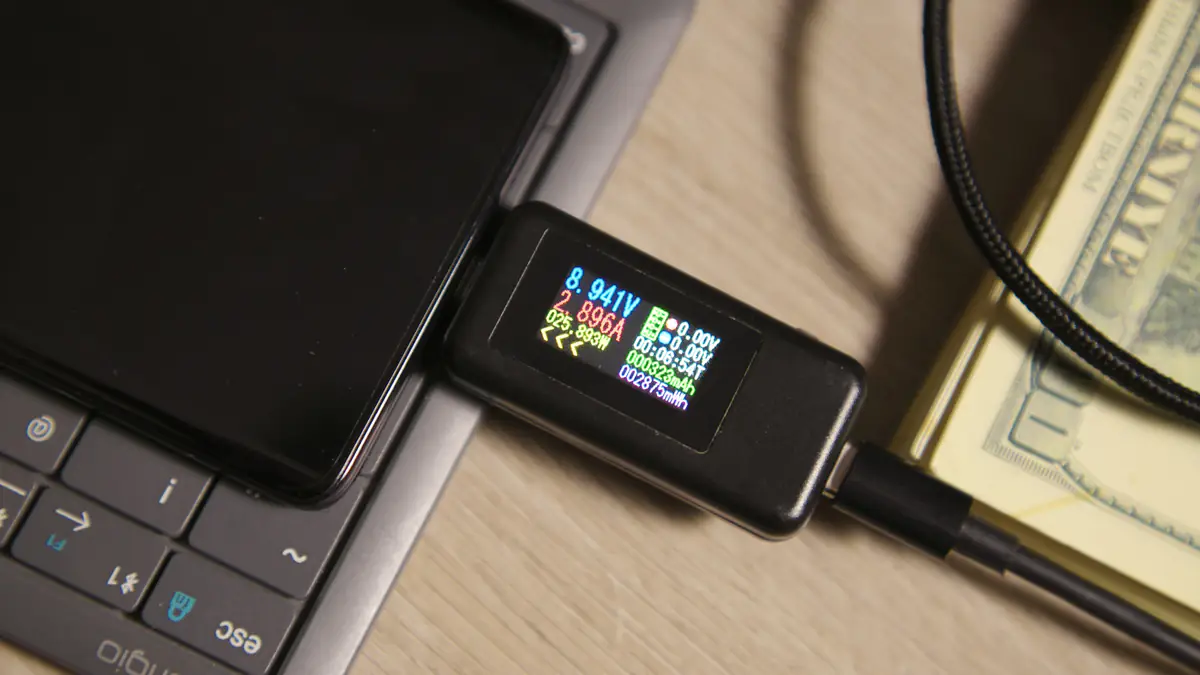
After three reboots and a firmware update, the smartphone started accepting 40W from Type-A chargers, including the included cable. It also reached 30W from other sources, including nearly all Type-C chargers. As a result, charging speed improved, with a full charge now taking 55 minutes from 5% to 100%.
Conclusions
This smartphone can be described in many ways, but it’s definitely not boring. On one hand, it’s the first “camera phone” in many years, with a clear focus on the camera. It has a pleasing design, an almost flawless display, and doesn’t compromise on ergonomics. HyperOS will likely satisfy more users than it will disappoint.
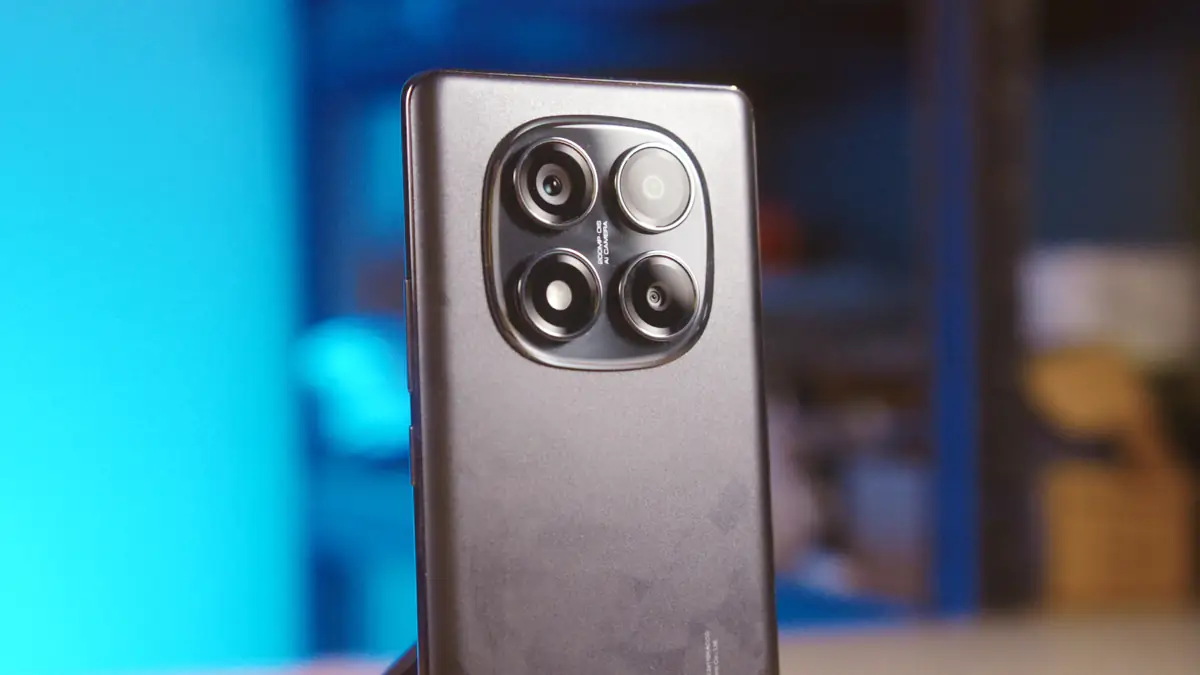
The drawbacks stem from the SoC. Choosing this particular device will require weighing its advantages against its weaknesses. So, if you’re after excellent design, great cameras, and solid ergonomics, I would recommend the Redmi Note 14 Pro!
Read alsо:
- Motorola Edge 50 Neo Smartphone Review
- Infinix HOT 50 Smartphone Review
- Redmi Note 13 Pro+ 5G Review: True Flagship


